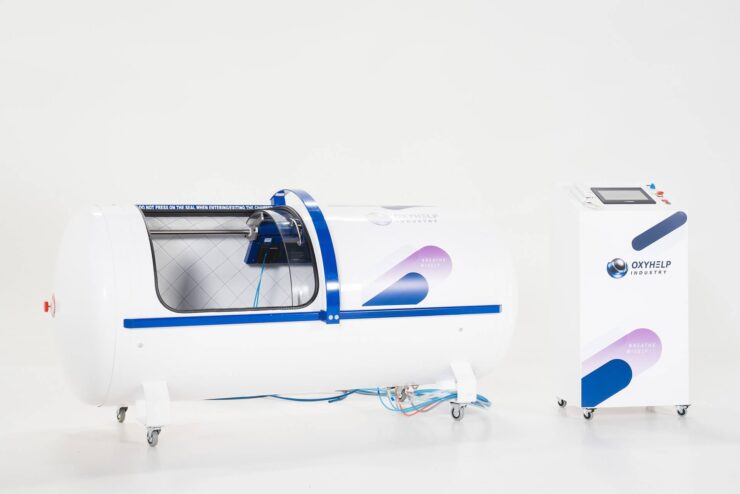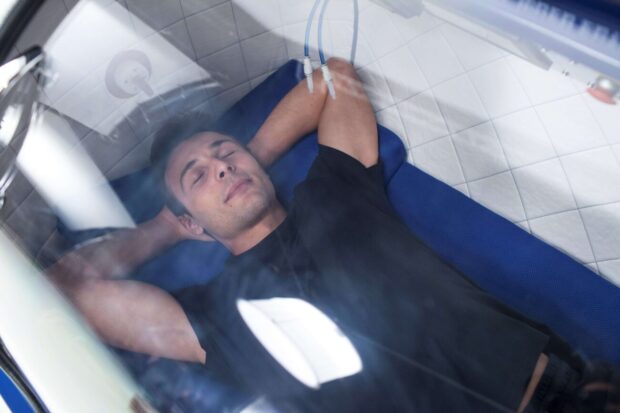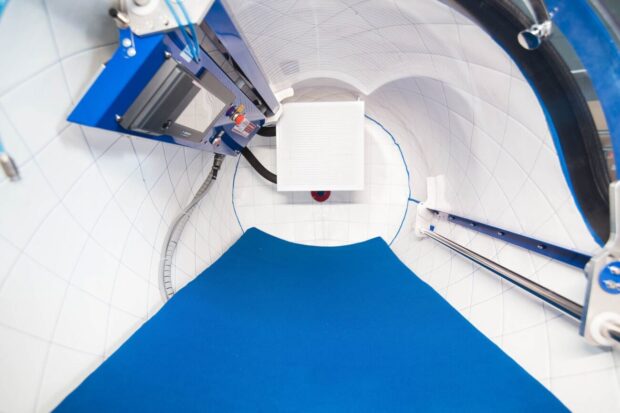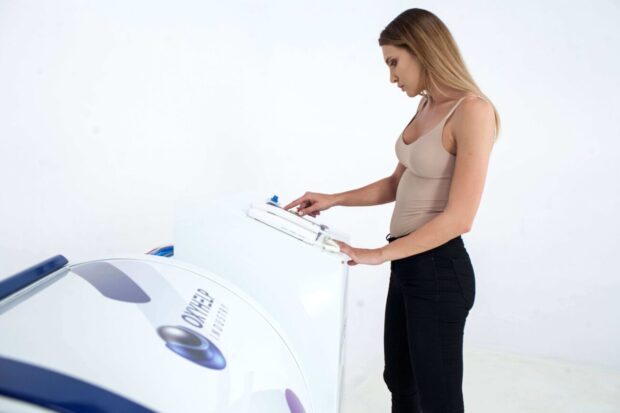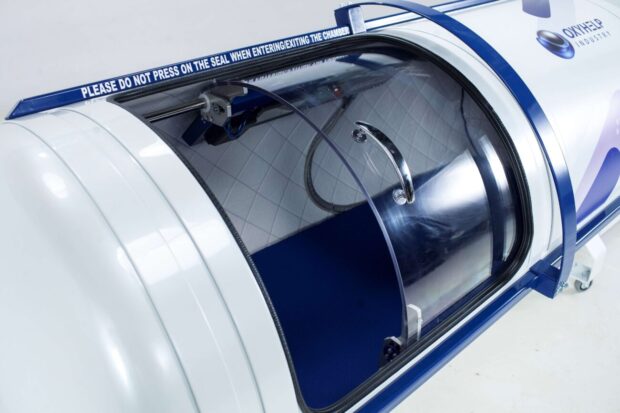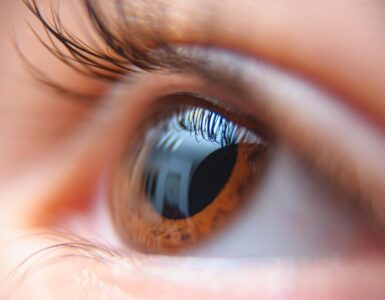Welcome to our comprehensive guide on the safe use of hyperbaric oxygen chambers. In this blog, we aim to demystify hyperbaric oxygen therapy (HBOT), a medical treatment that has gained significant attention in recent years. Hyperbaric oxygen chambers are not just a marvel of modern medicine; they are a lifeline for patients with specific health conditions.
Our goal is to provide you with essential insights into when and how to use these chambers safely, the medical conditions they treat, potential risks, and necessary safety precautions. This guide is a must-read for anyone considering HBOT, healthcare professionals, or simply those curious about this fascinating medical technology.
What is a Hyperbaric Oxygen Chamber?
A hyperbaric oxygen chamber is a highly specialized medical device designed to administer hyperbaric oxygen therapy. In essence, it’s a pressurized room or a tube where patients breathe in pure oxygen at pressure levels higher than average atmospheric pressure. This increased pressure allows the lungs to absorb more oxygen than would be possible at normal air pressure.
The therapy is based on the principle that under higher pressure, oxygen dissolves more readily into the bloodstream, thereby reaching tissues that are otherwise difficult to oxygenate. This process can significantly accelerate healing, especially in damaged tissues, and is used in treating a range of conditions from chronic wounds to certain types of infections.
Medical Uses of Hyperbaric Oxygen Chambers
Hyperbaric oxygen therapy is a versatile treatment used in various medical scenarios. Primarily, it treats decompression sickness – a hazard of scuba diving. Besides this, it’s effective in managing serious infections like gangrene and flesh-eating disease, where high oxygen levels can halt bacteria growth and aid recovery. HBOT is also beneficial in treating air or gas embolism, where air bubbles enter blood vessels, and chronic wounds, particularly those stemming from diabetes or radiation injuries.
In some cases, it’s used for burn recovery and certain skin grafts and flaps that are not healing as expected. These diverse applications highlight the chamber’s crucial role in modern medical treatment. In addition to medical use you can now have a home hyperbaric oxygen chamber.
When to Use Hyperbaric Oxygen Chambers
Utilizing hyperbaric oxygen chambers is appropriate in several medical situations. They are particularly beneficial for wounds that fail to heal through conventional treatments. This includes diabetic foot ulcers, a common complication of diabetes, where increased oxygen supply can significantly promote healing.
HBOT is also recommended for treating certain types of serious infections where it helps to reduce swelling, fight infection, and improve the effects of antibiotics. In cases of carbon monoxide poisoning, it rapidly expels the toxic gas from the bloodstream, reducing the risk of long-term complications.
Safety Precautions
Safety is paramount when undergoing hyperbaric oxygen therapy. The most crucial step is a thorough medical evaluation to ensure suitability for the treatment. During therapy, it’s important to follow the chamber operator’s instructions precisely. Patients should wear 100% cotton clothing to avoid static electricity and remove any potentially flammable materials.
It’s also essential to equalize ear pressure during the treatment, similar to what one might do when flying or diving. Regular monitoring of oxygen levels within the chamber is necessary to prevent oxygen toxicity. Finally, maintaining clear communication with healthcare providers throughout the treatment process is key to ensuring a safe and effective therapy experience.
Potential Risks and Side Effects
While hyperbaric oxygen therapy is generally safe, it does come with potential risks and side effects. The most common side effect is barotrauma to the ears and sinuses caused by changes in pressure. This can usually be managed by learning proper techniques to equalize pressure in these areas. In rare cases, oxygen toxicity can occur, leading to lung or central nervous system complications.
Some patients might experience claustrophobia or minor discomfort inside the chamber. It’s also possible for temporary vision changes to occur during the course of treatment. Understanding these risks and discussing them with a healthcare provider helps patients make informed decisions about undergoing HBOT.
Who Should Avoid Hyperbaric Oxygen Chambers?
Certain individuals should avoid hyperbaric oxygen therapy due to specific health conditions. These include people with untreated pneumothorax, a condition where air or gas is present in the cavity surrounding the lungs. Individuals with certain types of ear injuries or infections, severe claustrophobia, or specific types of lung diseases may also be advised against this treatment.
Pregnant women are generally advised to avoid HBOT unless deemed absolutely necessary. It’s crucial for patients to disclose their entire medical history to their healthcare provider before starting therapy. This includes any recent surgeries, chronic conditions, or medication use, as these factors can affect the safety and effectiveness of the treatment.
Consultation with Healthcare Providers
Before considering hyperbaric oxygen therapy, consulting with healthcare providers is essential. This consultation should include a thorough medical evaluation to assess suitability for the treatment. Patients need to discuss their medical history, current health conditions, and any medications they are taking.
Healthcare providers can then evaluate the potential benefits and risks of HBOT in the context of the patient’s specific health situation. This step is crucial not only for safety but also to ensure the therapy aligns with the individual’s overall treatment plan.
Chamber Operation and Maintenance
Proper operation and maintenance of hyperbaric oxygen chambers are critical for ensuring safety and effectiveness. Operators must be trained and certified, understanding the technical aspects of the chamber, including pressure control and emergency procedures.
Regular maintenance checks are essential to ensure the chamber is functioning correctly and to prevent any malfunctions. This includes checking seals and valves, monitoring oxygen levels, and ensuring communication systems are working properly. Proper operation and maintenance help prevent accidents and ensure a safe environment for both patients and healthcare providers.
Tips for a Comfortable Experience
To ensure a comfortable experience during hyperbaric oxygen therapy, there are several tips patients can follow. Wearing comfortable, loose-fitting clothing, preferably made of cotton, is recommended. Bringing a blanket or pillow can help with relaxation.
Patients should try to remain calm and breathe normally during the session. Practicing relaxation techniques or mindfulness can help manage claustrophobia or anxiety. Additionally, being well-rested and hydrated before the session can enhance comfort and the overall effectiveness of the treatment.
Alternatives to Hyperbaric Oxygen Therapy
For conditions where hyperbaric oxygen therapy is not suitable, there are alternative treatments available. These alternatives depend on the specific condition being treated. For wound healing, options include advanced wound dressings, negative pressure wound therapy, and growth factor therapies. For infections, traditional antibiotic therapies and surgical interventions might be more appropriate.
In cases of carbon monoxide poisoning, high-flow oxygen through a mask can be an effective alternative. It’s important for patients to discuss these alternatives with their healthcare providers to understand the best options based on their specific health needs and the severity of their condition.

